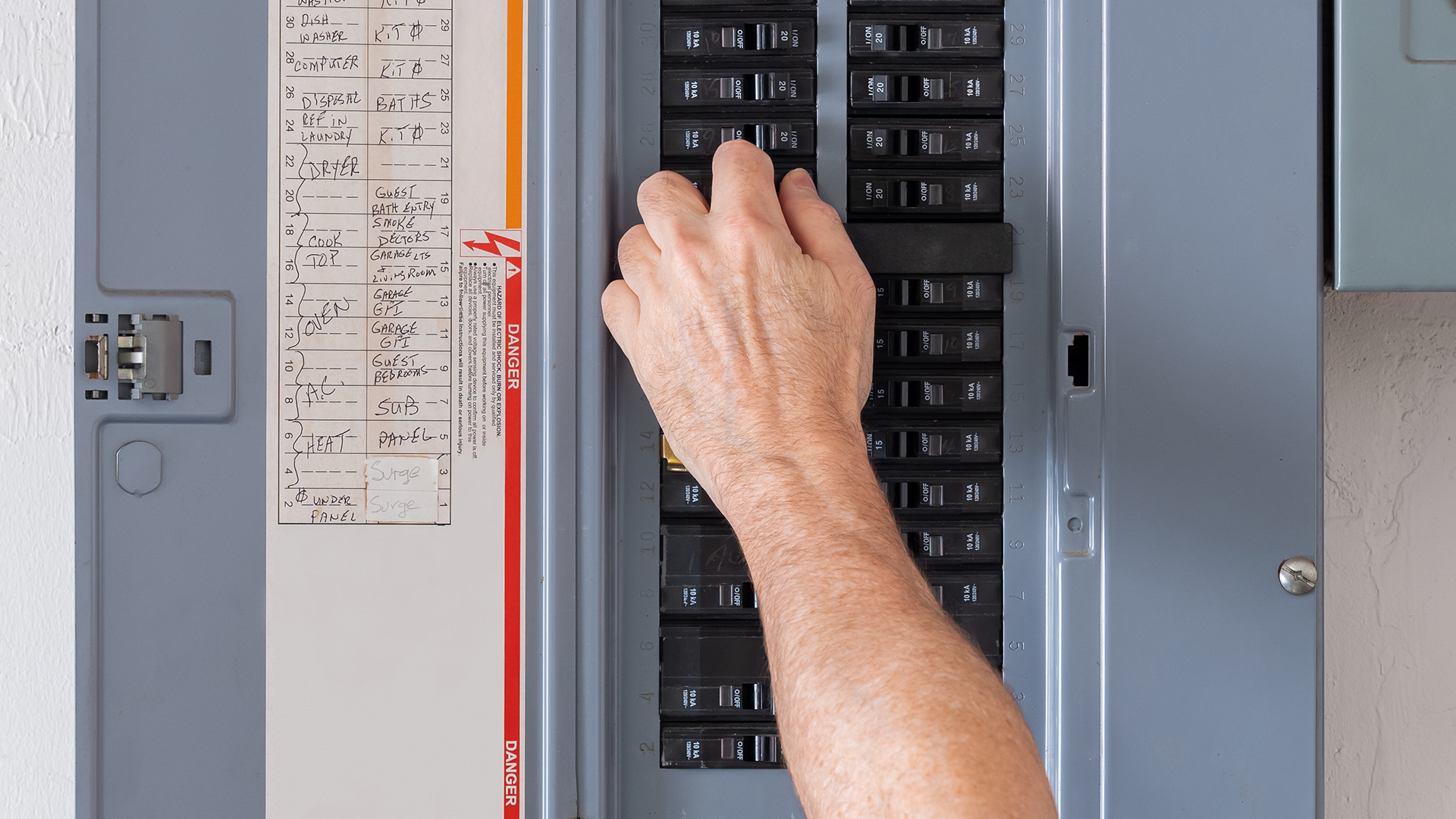While electricity is an irreplaceable part of our lives, it’s also quite dangerous.
That’s why containing and controlling it for mitigating potential risks are among your primary responsibilities. And there are several devices that can serve this purpose, with circuit breakers being the most widely used type.
So, to effectively use this device for your needs, you’ll have to understand how it works and a few other related aspects. Don’t worry; we’ll take you through all the essentials in our short guide.
Let’s begin then!
The Function Of A Circuit Breaker
Simply put, circuit breakers serve to automatically protect the circuits from electrical hazards. These come in electrical panels or breaker boxes, with each circuit attached to one breaker.
Note that the breaker monitors the circuit, and during a complication like an overload, it automatically shuts off the circuit. In colloquial terms, this action is referred to as tripping a circuit breaker or a breaker trip. It commonly occurs when equipment or appliances act up, or there are too many high-power tools connected in one circuit.
Picture this — a home outlet functioning with a television, a space heater, and a vacuum connected simultaneously. There’s no doubt that this will lead to a breaker trip, with the device shutting off operation and access till the issue is fixed. The breaker can then be reset and put back in place.
How Is It Different From A Fuse?
Breakers and fuses are applied for the same purpose, though breakers have overtaken the latter in terms of usage in most cases. That said, fuses still find use in several commercial and niche applications.
The main difference between a breaker and a fuse is that the former can be reused till it’s worn out. On the other hand, a fuse can be used for a circuit just once.
A fuse is, in effect, a cylinder containing thin filaments, and when it trips, the filament might melt, burn off, or become useless. And in the worst cases, the cylinder might even crack.
How Does It Differ From A Disconnect?
Like fuses, disconnects are also similar to breakers, but they are applied to address several potential electrical issues in a commercial property.
These two types of preventive devices can work interchangeably in several situations, but a disconnect is the better alternative for commercial equipment. Interestingly, disconnects are even fitted with fuses in a few cases as that provides further protection. But then the fuse also needs to be changed whenever there is a problem in the circuit.
Which One To Use?
Know that the right choice for an electrical safety device will depend on the situations where you plan to use it. For instance, circuit breakers are ideal for most general electrical safety purposes. But different tools, situations, and applications demand a different system for monitoring power supplies.
Hence, it’s essential to refer to the manuals when you’re about to install new electrical equipment. You should also work with reliable, certified electricians while planning the installation of an emergency power response system.
Types Of Circuit Breakers
You can get three types of circuit breakers based on the situation in which you can use them. Also, note that each of these types has a particular purpose.
1. GFCI Breakers
A GFCI circuit breaker is designed to sense an imbalance in the current flow and is tripped immediately. In fact, it can detect even currents as small as 4-5 milliamps and respond as quickly as within 1/10th of a second.
GFCI breakers are generally installed in power outlets that are in close proximity to water sources. After all, such outlets can be grounded by moisture easily to cause an electric shock. You may also install the device in places like the laundries, outdoor areas, and garages to prevent grounding.
2. Standard Circuit Breakers
Unlike GFCI breakers, these work by detecting heat in an electrical circuit, cutting off the power when the temperature reaches a particular threshold. There’s usually a known temperature range of the current drawn in a circuit. In case it exceeds a limit, that would mean more current is being drawn than the circuit can handle.
Standard breakers can, in turn, be of two types, viz. double and single-pole circuit breakers. Here’s how they’re different:
A. Single-Pole Breakers
Single-pole circuit breakers protect one wire, have a 120-volt power supply and come with a rating of 15 to 20 amps. These are primarily used in low amperage and non-heating applications.
B. Double-Pole Breakers
These are composed of two single-pole circuit breakers and protect two wires. Double-pole circuit breakers can handle a source of up to 240 volts and are often rated for 20 to 60 amps. Plus, they’re used primarily for household circuits that require high voltage, such as electric ranges and HVAC units.
3. AFCI Breakers
AFCIs detect the electrical arcs created by damaged wires and even identify arcs from within appliances or extension cords. Note that arc faults occur when the insulation on an electrical cable gets damaged owing to rodent bites or simply with age.
Final Words
With that, we’re about to wrap up our guide. We hope you’ve developed a clear idea about how circuit breakers can help safeguard electrical circuits. Buying a suitable type will also be easier now; just keep in mind the purpose you’ll be using it for.
But before we call it a day, we’d like to highlight an important point in this regard.
Though circuit breakers can help avert the risk of overloads and other issues, it’s always better to prevent such situations beforehand through regular, professional maintenance. You will also be able to extend the lifespan of such safety devices in the process.
It’s time for us to bid goodbye. But we’ll be back with more informative guides. So, stay tuned for more!






